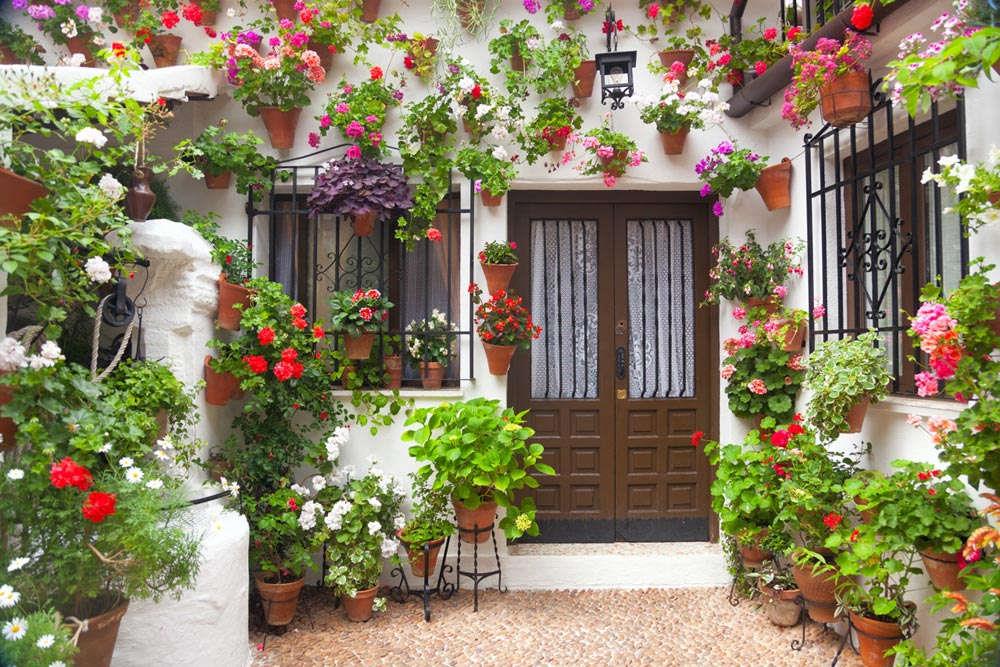How to grow cold orchids
Last Update :2024.11.15
Article Catalog
Light: Too much light should not be used when planting cold orchids. Appropriate scattered light can be increased. Watering: Try to keep the potting soil moist but not wet, slightly dry but not dry. The principle is that when the potting soil is dry and wet, water it thoroughly when it is watered, and it should be slightly dry at ordinary times. Humidity: A suitable relative humidity should be created. Fertilization: Add a small amount of base fertilizer when changing pots, and apply thin organic fertilizer once a month from April to June and September to October, but remember to use light rather than thick fertilizer to prevent fertilizer damage.

Choose good planting material
Select planting materials
I have tried clay, fairy soil, broken bricks, and a mixture of multiple planting materials for cultivation comparison, and concluded that the normal growth of cold orchids is It needs comprehensive nutrients for flowering and flowering. The nutrients that are difficult to meet the growth needs of cold orchid in soilless cultivation can be supplied from the mixed mountain mud, and it will grow well.
Planting
Han orchids mostly grow under dense broad-leaved forests on steep slopes, with little lighting, shallow roots, and good water permeability. Because of this, when planting, choose a high-footed purple clay pot, and use coarse-grained bricks or porous material blocks to cushion the bottom third of the pot. Planting needs to be loose, breathable, water-conducive and warm.
Cultivation
Because Hanlan grows differently, the cultivation methods should be slightly different. One is shading. Pay attention to shade and hydration. Water should be sprayed on the leaves every morning or evening to achieve a shading degree of about 80%. The leaves are shiny and have less disease; secondly, they are windproof and frostproof. For a period of time in autumn and winter, it should be covered with insulation to prevent strong winds and frost damage. The third is to apply fertilizer. Generally, cold orchids need less fertilizer, or they can be sprayed with chemical fertilizers containing phosphorus and potassium from April to June and August to October.

Maintenance
Light conditions h3>
It is not advisable to have too much light when planting cold orchids. Excessive shading or long-term storage indoors will affect the photosynthesis of orchids and cause poor growth. Under the premise of ensuring that the orchid leaves are not burned, it should be exposed to more sunlight.
Control watering
Try to keep the pot soil moist but not wet, slightly dry but not dry. Use the prepared culture soil to plant cold orchids, generally watering once every 8 to 15 days in late spring, every 4 to 6 days in summer, and every 5 to 10 days in autumn. In winter, you can go without watering for more than a month. Plant more seedlings in large pots and less in small pots. The principle is that the pot soil should be watered when it is dry and wet, and it should be watered thoroughly when it is watered, and it should be slightly dry at ordinary times. The cold orchids grown in this way have developed root systems and strong growth.
Maintain humidity
Han orchid likes the pot soil to be slightly dry and the air humidity to be high. Therefore, a suitable relative humidity should be created when planting cold orchids. The air humidity is high, the growth is good, and it is easy to raise high-quality seedlings with fully sealed tips.
Prevent serious air pollution
Hanlan needs fresh air and a pollution-free growing environment. Any environment that people feel has fresh air, no smoke, less dust, no odor, and good ventilation is suitable for growing orchids. Any water that is drinkable by humans can be used for watering orchids.
Scientific fertilization
Cultivation of cold orchids and mature grass seedlings, and add a small amount of base fertilizer when changing pots. In order to balance the nutrients, thin organic fertilizer can be applied once a month from April to June and September to October, but remember to prefer light to thick to prevent fertilizer damage.
Insect and disease prevention
Complete removal of insects, disease sources and infection sources is the key to insect and disease prevention. Destroy and burn diseased plants promptly. Secondly, when growing cold orchids, they must be potted and placed on the shelves, which is easier to manage and reduces pollution, diseases and insect pests. Spray pesticides at the right time, generally from March to May in spring and October to November in autumn, spraying disease prevention and insecticides alternately once every ten days to half a month, and once a month during the rest of the time.

Notes
Be careful not to be impatient Lan Ru cultivates his character and must be patient. That is, "one year to see flowers, two years to see seedlings, three years to see pots", which means "the whole army is destroyed" in a short period of time. Orchids understand human nature. If you understand her and care for her, she will naturally sprout and bloom year after year, giving you rich rewards. Doting, pampering, or being too eager for success are not acceptable.
plant
cultivate
maintenance
Precautions
- END -
Autumn and winter are coming soon. Keep a few pots of "frozen-resistant" flowers at home s

More than half of autumn has passed in the blink of an eye, and the temperature ha...
These 8 kinds of orchids bloom the most during the Spring Festival, and a bunch of flowers fill the

With the New Year and the new atmosphere, many florists have begun to look for flo...